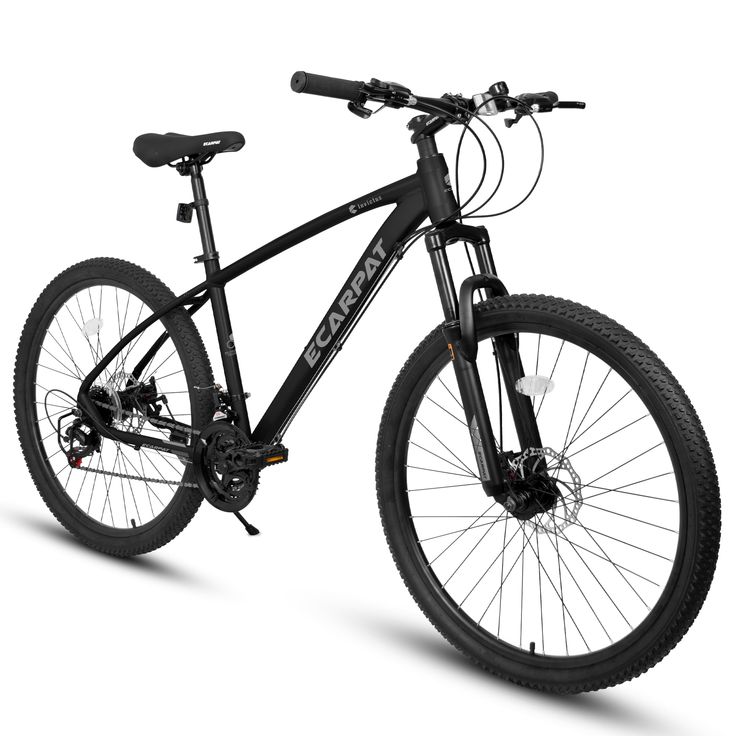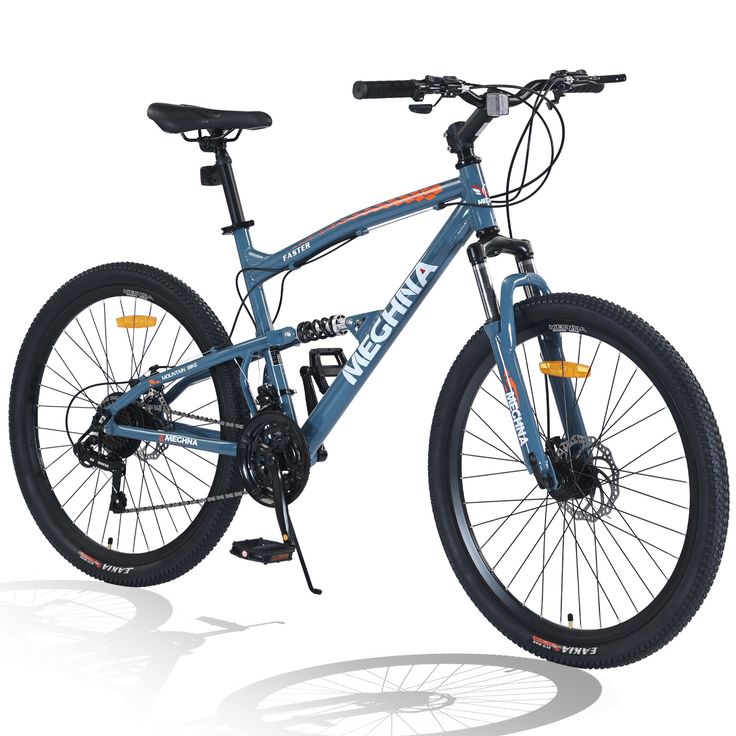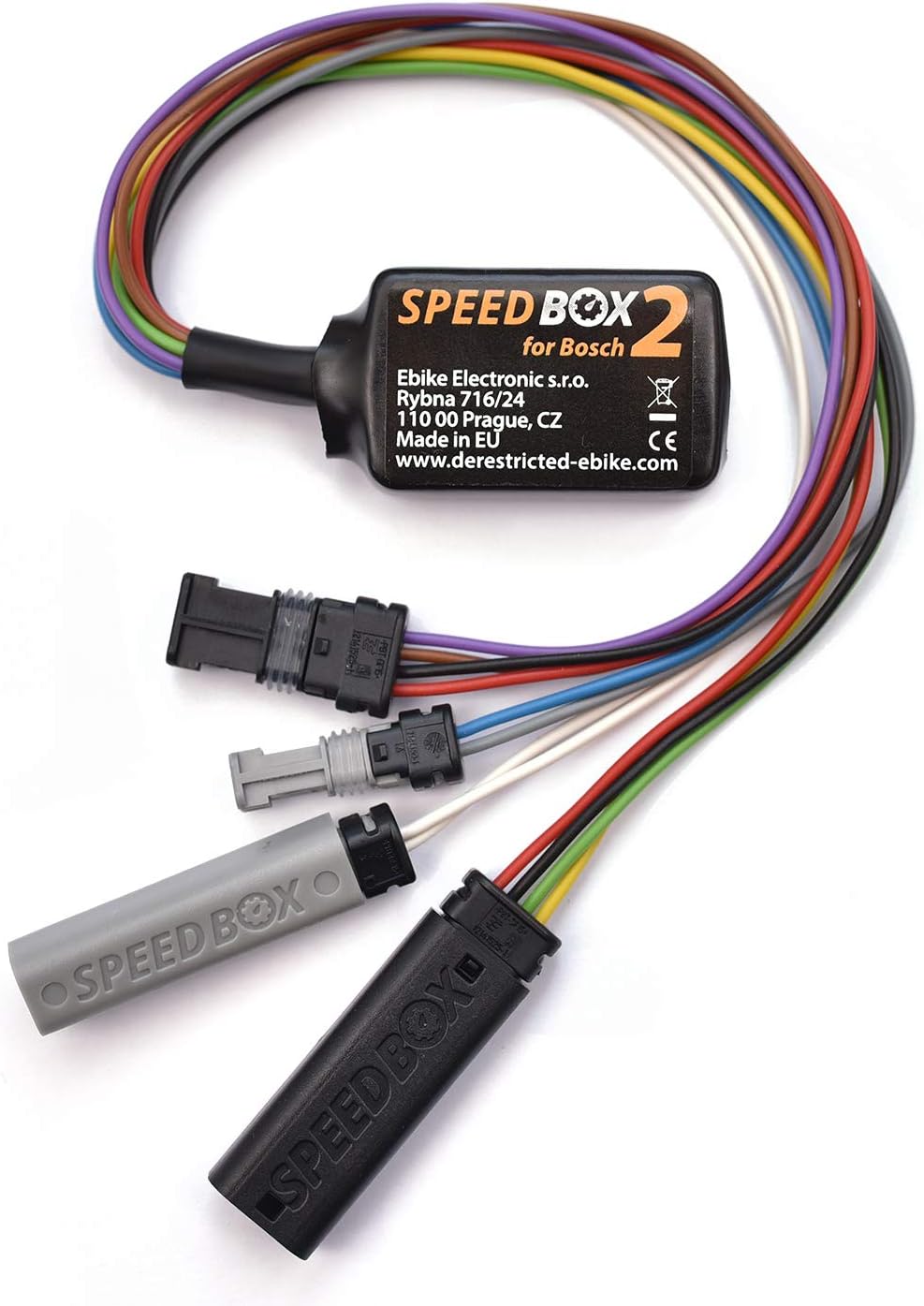Biking is an enjoyable activity, but the wrong bike size can turn fun into frustration. Bike fit isn’t just about comfort; it greatly influences your performance and safety. Determining the right bike size involves several factors including your height, inseam length, riding style, and specific bike geometry. So how to determine bike size? This comprehensive guide will help you pinpoint the perfect bike size for your needs, ensuring a more enjoyable and efficient biking experience.
Importance of Correct Bike Size
Choosing the correct bike size is not merely a matter of comfort. It impacts various aspects of your riding experience.
Comfort and Efficiency
One of the most important reasons for picking the right bike size is comfort. An improperly sized bike can cause discomfort or pain during long rides. For instance, a bike that is too small can make you feel cramped, while a bike that is too large can stretch you out and cause strain. This discomfort can lead to inefficiency. You’ll find it harder to generate power efficiently, leading to quicker fatigue. Consequently, your overall cycling experience suffers. Therefore, getting the right size helps you maintain an optimal riding position.
Safety Considerations
Safety should never be compromised, and the correct bike size can help in this regard. A poorly fitting bike affects your ability to control it effectively, particularly when making quick maneuvers. You might find it hard to reach the brakes, shift gears, or navigate turns efficiently. This could be particularly dangerous in high-traffic areas or during off-road trails. Moreover, improper size can affect your balance, making you more susceptible to falls. Thus, choosing a well-fitting bike is not just about comfort but also a key factor in ensuring your safety while riding.
How to determine bike size? Body Measurements
Accurately measuring your body is the first step of how to determine bike size.
Measuring Your Height
Your height is one of the primary measurements used to select a bike size. To measure your height, stand straight against a wall without wearing shoes. Use a flat object like a book to mark the top of your head on the wall. Measure the distance from the floor to this mark. This height measurement will give you a broad idea of what size range you fall into. Most bike manufacturers provide size charts based on height, making it easier to narrow down your options.
Measuring Your Inseam
Your inseam length is another critical measurement. It provides a more precise indication of the bike frame size you’ll need. To measure your inseam, stand with your feet about 6 inches apart. Use a book or similar flat object and place it between your legs, snug against your crotch. Measure from the floor to the top of the book. This inseam length will give you a more accurate frame size, as it reflects your leg length. Knowing both your height and inseam will help you make an informed decision.
Types of Bikes and Their Sizing
Different types of bikes have unique sizing requirements and standards.
Road Bikes
Road bikes generally use a different sizing system compared to mountain bikes. They are designed for speed and efficiency on paved roads. Therefore, a precise fit is critical. Road bike sizes are often measured in centimeters and usually correspond to the length of the seat tube. This makes accurate height and inseam measurements crucial. To find the ideal road bike size, use a manufacturer’s size chart as a guideline. The correct size will ensure you can ride comfortably and efficiently over long distances.
Mountain Bikes
Mountain bikes are designed for off-road trails and rough terrains. Therefore, their sizing systems differ from road bikes. Mountain bike sizes are usually measured in inches. The frame geometry is adapted to provide better control and stability. This allows mountain bikers to handle rugged terrains effectively. Just like with road bikes, accurate body measurements are essential. However, you should also consider the bike’s standover height. This is the clearance between the ground and the top tube. Ensuring proper standover clearance prevents accidents and enhances control.
Adjustments and Fine-Tuning
Once you’ve chosen the right size, making necessary adjustments can further enhance your comfort and performance.
Seat Height Adjustment
One of the simplest yet most effective adjustments you can make is to the seat height. A too-high or too-low seat can cause knee and back pain. Ideally, your leg should be almost fully extended when the pedal is at its lowest point. Adjust the seat height to achieve this position. This adjustment will help you pedal more efficiently and reduce fatigue. If unsure, consult a professional to get this adjustment precise.
Handlebar Position
Handlebar position is another crucial factor affecting comfort and performance. The correct handlebar position varies depending on your riding style. For road biking, a lower handlebar position may be more efficient for aerodynamics. For mountain biking, a higher handlebar position can offer better control. Adjust the handlebar height and angle to match your riding style. This ensures you are neither too stretched nor too cramped. Proper handlebar adjustments can significantly impact your overall biking experience.
Test Rides: Why They Are Crucial
Despite all the measurements and adjustments, the ultimate test of a bike’s fit is a test ride.
Assessing Comfort
A test ride allows you to assess the real-world comfort of the bike. Even if the measurements and adjustments seem correct, only a ride can tell you how the bike feels. Ride the bike on various terrains and pay attention to your body’s feedback. Do you feel any discomfort or strain? If so, minor tweaks might be needed. Taking a test ride ensures that you make an informed decision before purchasing the bike.
Evaluating Performance
A test ride is also essential for evaluating the bike’s performance. Test how the bike handles different speeds, turns, and braking. Pay attention to how easily you can shift gears and control the bike. Observe how your body feels during these maneuvers. Does the bike respond well to your movements? This evaluation will help confirm if the bike size is indeed the right fit for you. It allows you to ensure that the bike meets both your comfort and performance needs.
Summary and Final Recommendations
Finding the right bike size involves a detailed process but is crucial for a good riding experience.
Key Points Recap
To summarize, the bike size affects comfort, efficiency, and safety. Accurate measurements of your height and inseam are foundational. Different bike types require unique sizing considerations. Road and mountain bikes have distinctive size systems. Adjustments like seat height and handlebar positioning are vital. Finally, don’t skip the test ride for a real-world assessment. Each step ensures that the bike fits you perfectly, providing both comfort and performance.
Final Tips
Always consult size charts provided by manufacturers as a guideline. Don’t hesitate to seek professional help if needed. If purchasing online, ensure you understand the return policy in case the bike doesn’t fit as expected. Remember that your goal is to enhance your biking experience, whether for leisure or sport. Investing effort in finding the right size will pay off in the long run. Once you find the perfect fit, riding becomes more enjoyable and effective.
In conclusion, knowing how to determine bike size and determining the right bike size involves careful consideration and measurements. Each detail, from height and inseam to the type of bike, plays a role in finding your perfect fit. Follow this guide to enjoy safer, more efficient, and enjoyable rides.






